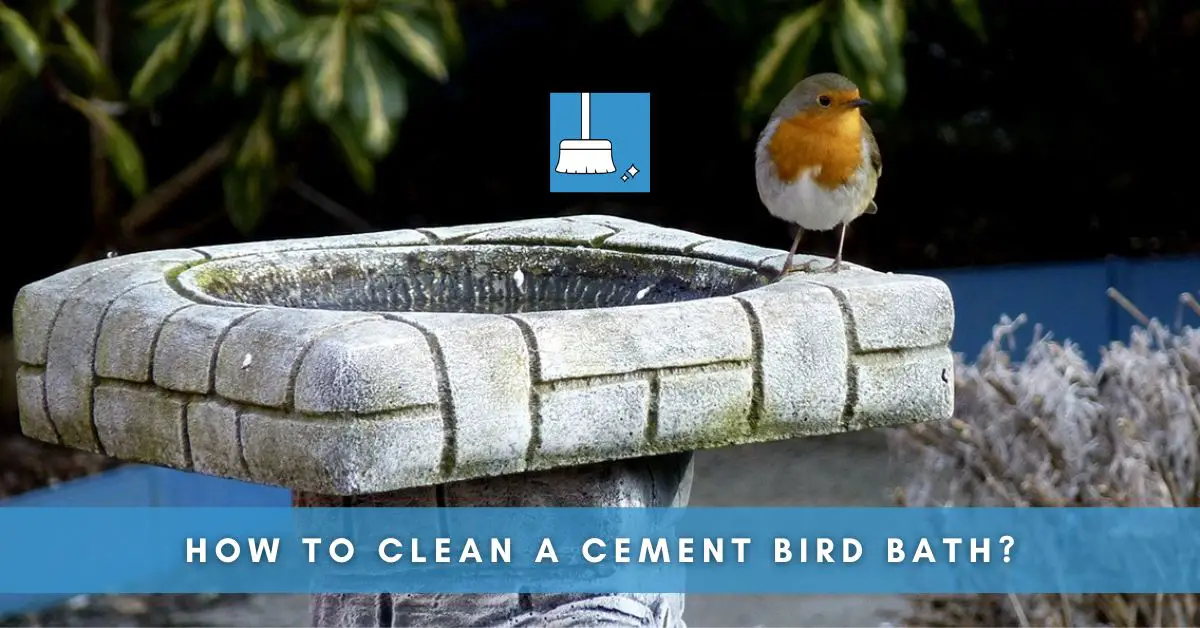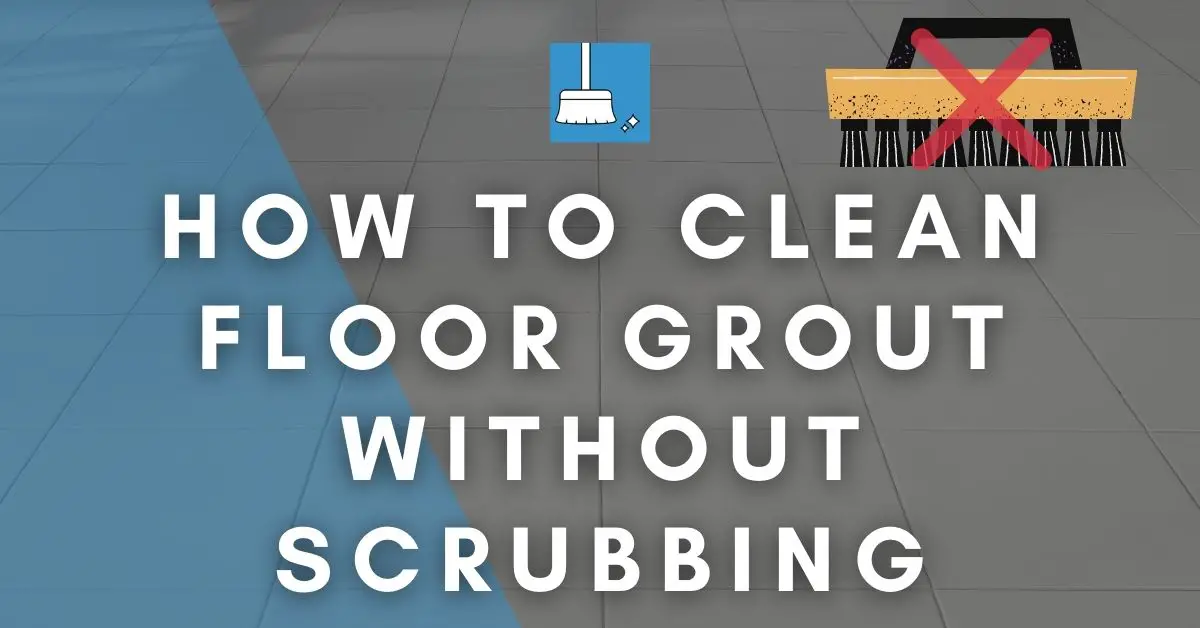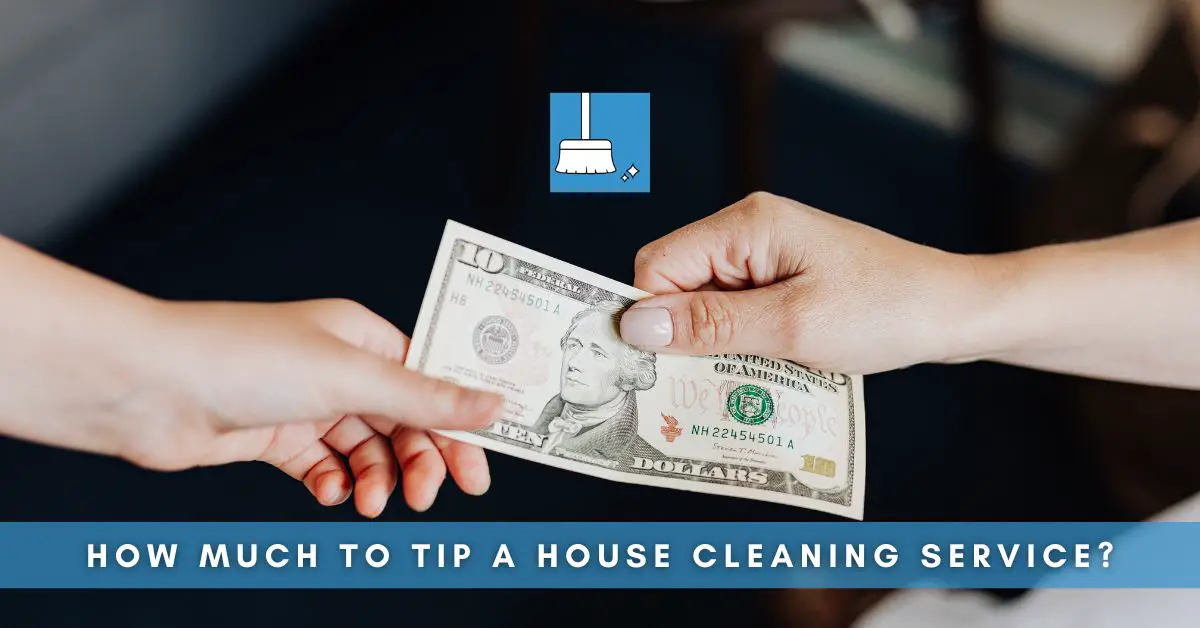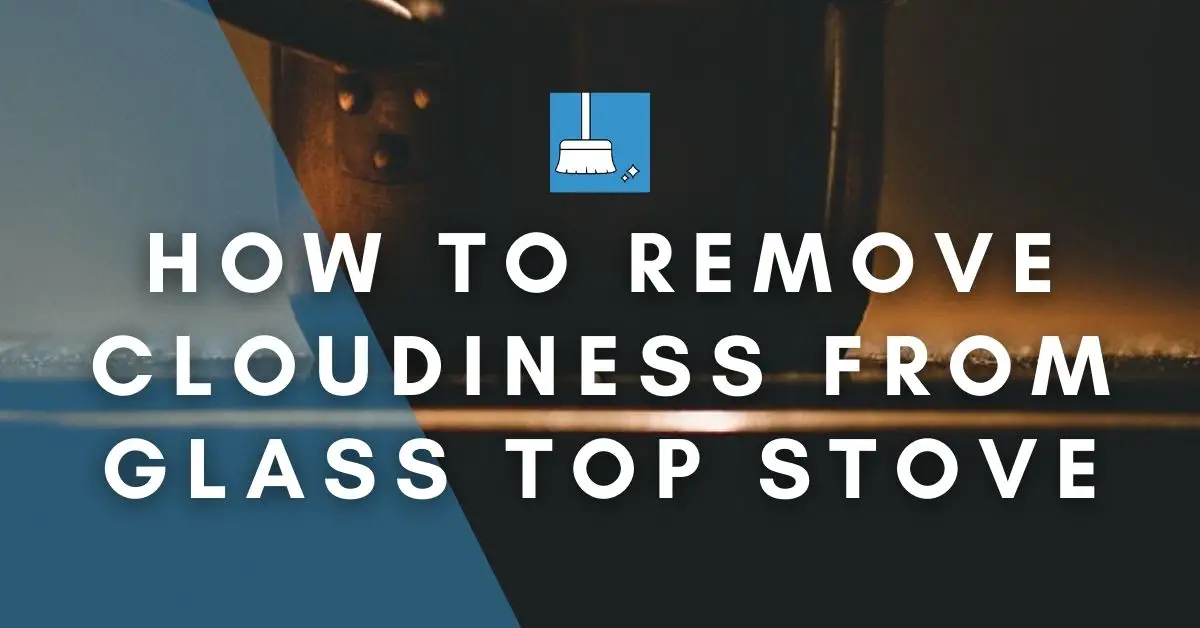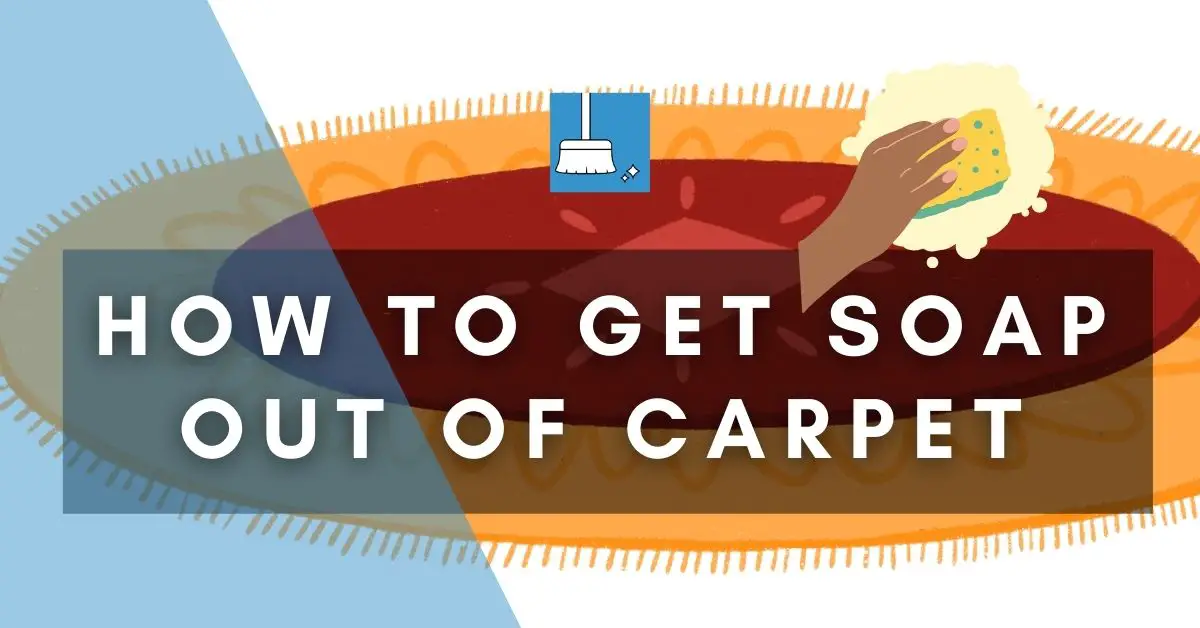Just like any other pool, Cement or concrete bird baths also gather dirt, algae (especially during summer), fallen leaves & twigs, bird poop, and feathers. And these things (plus the odor) are very lucrative for pests (such as rats and mosquitoes) and bacterial growth, resulting in the spreading of disease among birds.
Unclean water also prevents the birds from coming to your bird bath.
How to Clean a Cement Bird Bath?
For regular maintenance, simply use a scouring pad (such as scotch brite, but not steel wool) or a hard bristle brush to scrub the inside of the bird bath bowl.
For deep cleaning, you will need to use more things than just a scouring pad. Here is how to go about it!
You’ll Need
1- Gloves
2- Bucket
3- Wet/dry vacuum (Optional)
4- Hard bristle brush (2)
5- Bowl
6- Water
7- Chlorine Bleach or White vinegar or Hydrogen Peroxide
8- Dustpan
9- Plate/cardboard/sheet
10- Mug or a container
11- Hose
12- Dish soap (Optional)
13- Copper coins or algae control balls (Optional)
Steps
STEP 1- Your hands can get contaminated by the bird droppings (as that can carry diseases) and also, you’ll be working with chemicals that are a risk to your health so wear gloves.
STEP 2- Empty the cement bird bath if it is not already. Remove all the water out of it by either tilting the whole bird bath to one side (if it’s a small one) and dumping the water into a bucket (or on weeds) or using a wet/dry vacuum.
Some bird baths have bowls that are unattached to the base. So it can be easy to lift them and carry them to a place where they can be cleaned.
STEP 3- Use a hard bristle brush to brush out any loose pieces of debris (such as stones and pebbles, bird poop, leaves, twigs, etc.) lying in the bird bath. Collect them on a dustpan and throw them away. Hard scrubbing is not needed at this moment as we’ll use a cleaning solution later to do this.
STEP 4- Now make a solution of water (1 bowl) and half a cup of chlorine bleach. Bleach will not only remove algae as well as mold but also disinfect the bird bath, thereby making the water safe for the birds to drink.
Alternatively, you can use White vinegar or Hydrogen peroxide as these both are great cleaners as well as good disinfectants too.
Use the same ratio as Bleach, meaning 1 cup of vinegar or Hydrogen Peroxide in a bowl of water.
Caution: Don’t mix Vinegar and Hydrogen peroxide together as this will cause a reaction that can hurt your skin, throat, nose, and eyes.
STEP 5- Pour this solution into the bird bath and use the same scrub brush you used earlier to thoroughly scrub the inside of the bowl and lip of the bird bath. This will loosen and remove all the grime, algae, and dirt ingrained in the bird bath (as in the carvings). Make sure to brush into every nook and cranny, especially in cases of textured cement bird baths.
STEP 6- Now fill the rest of the bird bath with water until it is full. Let this water stay for about 5 minutes. You may choose to cover the bird bath with a plate, cardboard, sheet, etc. just to prevent any bird from drinking the chemical water. Or you may simply choose to keep an eye for these 5 minutes on the bird bath so that birds don’t come near it.
STEP 7- If the bird bath is placed right in the middle of the lawn (over grass or amid plants), then do not tilt it to remove the water as this will destroy the vegetation, especially if you use bleach. Use a mug or a container to collect the water from the cement bird bath and transfer it to a bucket.
You can vacuum up the rest of it using a wet/dry vacuum. If you’re sure that you won’t spill the chemical solution over the grass, then go ahead and dump all the solution into a bucket placed by the cement bird bath.
STEP 8- Now fill the bird bath with clean water and again empty it using the above method. Though not fully, this step will rinse the chlorine or HP, or vinegar out of the cement bird bath and make it diluted for it to be rinsed thoroughly while being placed on the grass.
STEP 9- Use a hose or a source of running water to rinse the bird bath as thoroughly as you can. You may scrub using a separate clean brush while you are rinsing. Rinse well, until the smell and any visible traces of chlorine/HP/Vinegar are gone.
STEP 10- If the supporting base (if any) of the bird bath is dirty and unattractive, you should go ahead and clean it too.
You can rinse it first with water and then use soapy water to scrub it with a hard brush. If there is mold formation on the outside, you will need to clean it with the bleach solution (just like you used for the basin). After using the solution, rinse the base thoroughly with water.
STEP 11- Let the cement bird bath dry naturally and it will be ready to be filled with water. Place a few copper coins (if the bird bath does not have copper in its base) in the bowl. This will prevent algae from forming on the basin. You can alternately use algae control balls also.
Important Things!
1- In summers, you should keep the cement bird bath away from direct sunlight (but not under trees and plants, as leaves & twigs will keep falling into it.) as that can hasten the algae formation.
2- Unlike as suggested on most websites, you don’t need to go crazy after cleaning your bird baths every day or every 2 days. Cleaning your lawn statues or bird baths thoroughly once a week will be enough if have placed the cement birdbath in the correct spot.
3- Make sure that water is easily accessible to the birds. Usually 1-2 inches deep water is good for the birds to bathe easily. (Source)
Adding small stones and pebbles to the basin (if it is too deep) will be a good idea.
4- Don’t dump the dirty water near the spilled seeds of bird feeders as innocent birds might just eat those seeds and, unknowingly, the chemical remnants on the surface also.
5- If the water in the cement bird bath seems low, always drain that old water before refilling as old water may house bacteria and other diseases.
6- Although fountain pumps or bubblers can keep the water in motion, resulting in preventing mosquitoes, many of them use direct sunlight as they are solar-powered. This will be a contradiction to our practice of placing the bird bath in shade.
Conclusion!
Cement bird baths need regular maintenance to protect the health of the birds visiting your yard and also to give them the incentive to do so. Good old vinegar or Bleach or Hydrogen peroxide will be able to not just clean but also disinfect the cement bird bath. Just don’t be too violent while you’re at it in order to protect the integrity of this lawn item.

